The new Scrum.org guide has been designed to help those Scrum teams understand exactly what the Kanban Guide is and what it means for their team. With that being said, whenever there is any kind of new guide that is released, there is always going to be some common questions that many people will be asking and wondering about, that come along with it. Due to these common questions continuously being asked, here is exactly how you can understand the Kanban Guide to scrum teams with your agile coach training.
Where Can I Find some of the Core Practices in Regard to Kanban?
One of the most commonly asked questions is going to be from those who are already experienced with the practices of Kanban, curious about why there is a definition of what Kanban is within the Kanban Guide for Scrub Teams, that is different from the definition that they are already familiar with. The answer to this is that the definition is different by design. When the guide was originally designed, the creators of the guide had a very particular context in mind. That particular context is going to be teams that are already using or are going to be using Scrum as outlined in the Scrum Guide, ideally being professionals.
In this context, it was decided that some of the core practices that are going to complement what a professional Scrum team is already currently doing, are going to include:
- Limiting WIP
- Visualization of the workflow
- Active management of the work items that are in progress
- Inspecting and then adapting what the definition of ‘Workflow’ really is
Where Are Some of the More Advanced Concepts Such as Cost of Delay, Classes of Service, and Flow Efficiency?
These particular concepts are not actually going to be included with the guide, as these practices, are not going to be considered. Part of what the minimally viable set of the practices, will be for a Scrum team, meaning that a Scrum team should not really be focusing on these particular, concepts when they are in the process, of trying to improve what their flow is.
This guider is not part of minimally viable set of practices and we do not consider them as an important part of this scrum guider. We all know the fact that scrum team try to focuses on increasing and improving their work for all those people who are joining with this team. Many said the thing that the PSK class will help them to learn advance complementary about kanban guide. In addition, at the end of the day you will able to continue this learning process happily. The learning growth will improve your skill also.
That being said, the guide does however, provide you with a few pointers that will help to move you towards an advanced Kanban flow practice that some people will be able to use in order to help continue to learn and improve on their Scrum journey. While these are not going to be helpful for everybody who reads them, it will help those who are not as advanced as some of the others out there using Scrum.
When it comes to using Kanban to help your team focus more on story points tasks, burndown and velocity, it has the potential to end up not working as you would like it too. When you follow the new guide that has been released on Kanban however, you will be able to keep your entire team informed about how they can really utilize Scrum to keep their goals on transparency, adaptation, and inspection.




